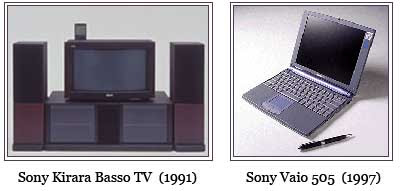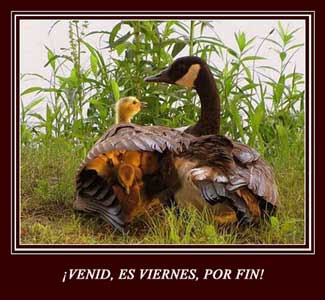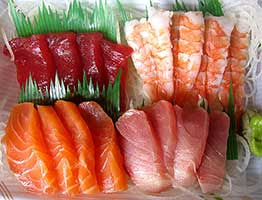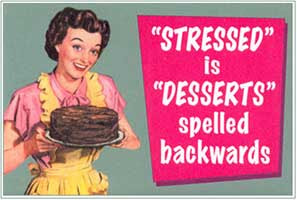 "En el fondo, somos todos iguales."
"En el fondo, somos todos iguales."
("At heart, we are all the same.")
A raíz de que varios chicos se suicidaran tras ser acosados por ser "diferentes" –da igual que esta diferencia sea su sexualidad en este caso; la raza, nacionalidad o el credo también "provocan la ira" de los ignorantes agresivos (valga la redundancia)– Dan Savage ha creado un proyecto, "It gets better" ("Las cosas mejoran") cuyo objetivo es mostrar a los chavales homosexuales que no tienen por qué sufrir en silencio las amenazas y burlas de los "matones", que no están solos, y para ello anima a gente que haya sufrido como ellos a subir videos en los que explican cómo su vida ha mejorado a pesar de todo.
(As a result of several suicides committed by boys who had been bullied for being "different"-no matter if this difference is their sexuality in this case; race, nationality or creed also stir up aggressive ignoramus (tautology intended)— Dan Savage has created a project, "It gets better" whose aim is to show homosexual kids that they needn't suffer in silence the threats and taunts of "thugs", they are not alone, and it encourages people who have suffered like them to upload videos that explain how their life has improved anyway.)
Lo que me ha llamado la atención es que esta idea ha llevado hasta al Presidente Obama a hacer un llamamiento en apoyo a este proyecto y, aunque como él, yo tampoco sé lo que es ser "atacado" por ser homosexual, sí sé lo que se siente cuando te llaman "raza sucia" cuando eres un chaval español en Francia allá a principios de los años 70.
(What caught my attention is that this idea has led President Obama to support this project, and even if, like him, I do not know what it is like to be "bullied" for being gay, I do know how you feel when called "dirty race" when you are a Spanish boy in France back in the early 70s.)
Por eso he querido yo también acercarme a este proyecto y como quiera que la traducción al español de los subtítulos que hay en YouTube (pulsad CC y seleccionad el idioma inglés-español) es tan... literal (hecha evidentemente por una máquina), aquí os dejo unos subtítulos más... comprensibles.
(That's the reason why I wanted to support this project and, as the Spanish translation of the subtitles on YouTube (Press CC to select English - Spanish) is so... literal (obviously made by a machine), here are some more ... understandable subtitles.)
Porque en realidad de lo que hablamos, como dice el Presidente Obama, es de que TODOS "merecemos la libertad de perseguir nuestro propio modelo de felicidad, de sacarle el máximo partido a nuestros talentos, de decir lo que pensamos, de no encajar; sobre todo, de ser fieles a nosotros mismos." A eso se le llama Educación en el más noble sentido de la palabra.
(Because, in fact, what we are talking about, as Obama says, is that everybody "deserves the freedom to pursue their own model of happiness, make the most of their talents, to speak their minds, to not fit in; most of all, to be true to themselves." This is called 'Education' in the noblest sense of the word.)















 ESPAÑA
ESPAÑA  USA
USA





 La
La 


 Thomas Alva
Thomas Alva 











Lo cierto es que no tengo especial manía a la hora de escribir ni tampoco tengo marcas preferidas. Los elijo por su estética. Aquí van.
(Frankly, I have no particular whim when writing nor preference for a special brand. I usually choose them for their aesthetics. Here they are.)
Mis bolígrafos
(My ball pens)
Mis plumas (Pasa el puntero por la foto para verlas abiertas)
(My fountain pens -Move the pointer over the picture to see them open)
Otra cosa que me gusta, como ya se habrán dado cuenta aquellos que tienen la gentileza de asomarse por aquí con cierta regularidad, también me encantan los cortos animados, sobre todos realizados por jóvenes talentos. He encontrado este -entre otros muchos- creado por Rani Namaanide, un joven estudiante de la Escuela de cine de Vancouver. Espero que lo disfrutéis.
(As those of you who are kind enough to peek through these posts with some regularity may have noticed, another thing I love is animated shorts, especially those made by young talents. I came across this one, among many, created by Rani Namaania, a young student at Vancouver Film School. Wish you would enjoy it.)
¡Feliz fin de semana!
(Have a nice weekend!)